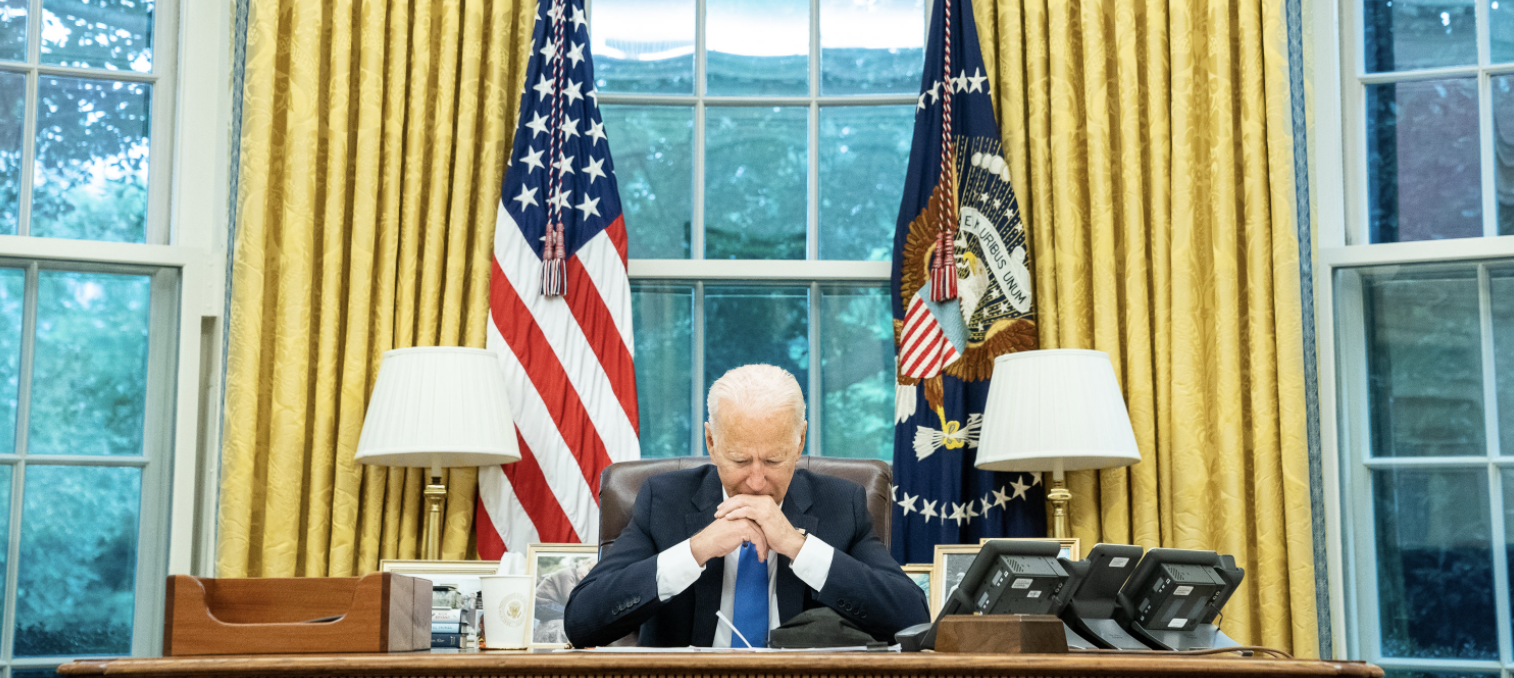On Friday, April 8, the Russian currency rose sharply on the Moscow Exchange.
In the middle of the day, the dollar exchange rate fell by 6.3% and for the first time since November 11, 2021 reached 71.7 rubles.
At the same time, the euro exchange rate fell by 5.4% to 77.08 rubles.
The last time a similar indicator could be observed was on June 8, 2020.
Over the month, the national currency was able to strengthen against the American and European by more than 40%, and thus won back all the sanctions losses of the current year.
So, back in the first half of March, against the backdrop of restrictions imposed by the West against Russia, the dollar and euro exchange rates for the first time rose above 121 and 132 rubles, respectively.
Significant support for the ruble continues to be provided by the measures of the government and the Central Bank.
This point of view in an interview with RT was expressed by the investment strategist of the management company Arikapital Sergey Suverov.
“Operations of citizens with cash currency are currently limited, and exporters are required to sell 80% of their foreign exchange earnings.
At the same time, the volume of imports into the country has declined significantly in recent years.
That is, now in Russia there is no such rush demand for currency, as it was a month ago, which strengthens the position of the ruble, ”the specialist explained.
Note that since the end of February 2022, the United States, the European Union and a number of other states have been introducing ever new economic sanctions against Russia.
This is how the West reacts to Moscow's special operation to protect the Donbass republics from aggression from Ukraine.
The government estimates that over 6,000 restrictions have already been imposed on Russia, more than any other country.
Restrictions, in particular, affected the banking industry, the energy sector and trade.
Along with this, almost half of the country's gold and foreign exchange reserves (worth $300 billion) were frozen, and many international companies announced their withdrawal from the Russian Federation.
To stabilize the situation, the government and the Central Bank adopted a number of anti-crisis initiatives.
In addition to the mandatory sale of foreign exchange earnings by exporters, the Cabinet of Ministers canceled VAT for citizens when buying gold.
At the same time, the Central Bank temporarily raised the key rate to 20% per annum, limited the withdrawal of capital abroad and closed foreigners' access to exchange trading.
In addition, the regulator introduced a temporary procedure for the circulation of cash currency in the country.
Until September 9, bank customers will be able to withdraw no more than $10,000 in foreign currency from accounts and deposits, and the rest of the funds in rubles.
Also, within six months, credit organizations will not sell cash to citizens.
You can buy dollars, euros and British pounds on the exchange, but with a commission of 12%.
At the same time, the Russians themselves can still exchange currency for rubles without restrictions.
According to the Bank of Russia, today the risks to financial stability still persist, but have already ceased to grow.
Meanwhile, the government notes that the authors of the sanctions expected to isolate and destroy the Russian economy, but this scenario did not come true.
“Our financial system, which is the lifeblood of the entire economy, has survived.
In constant contact with the president, the Bank of Russia and the government, through joint efforts, were able to prevent its collapse and maintain the confidence of citizens in it.
Payments within the country go without interruption.
The stock market and the ruble exchange rate are stabilizing,” Prime Minister Mikhail Mishustin said the day before.
It is noteworthy that at the end of March, US President Joe Biden spoke about the fatal consequences of sanctions for the Russian currency.
At that time, the head of the White House claimed that one dollar was worth 200 rubles.
globallookpress.com
© Erin Scott
As Andrey Maslov, an analyst at FG Finam, suggested in an interview with RT, over the past few days, Western sanctions against Sberbank and Alfa-Bank have also affected the dynamics of the ruble.
After the announcement of blocking restrictions, credit institutions began to sell their foreign exchange assets abroad, the expert explained.
Currency balancing
Against the backdrop of a noticeable appreciation of the ruble, the Bank of Russia decided to gradually soften measures to support the national currency.
So, on Friday, the Board of Directors of the Central Bank held an unscheduled meeting and announced a reduction in the key rate from April 11 to 17% per annum.
“The fact is that a too strong ruble is also unprofitable for the economy.
Due to the strengthening of the national currency, the volume of receipts of ruble earnings from exporters is decreasing.
Moreover, this reduces the tax base of the budget, since companies that trade in foreign currency on world markets pay taxes in rubles,” Sergey Suverov explained.
Thus, the reduction of the key rate of the Central Bank may put some pressure on the Russian currency.
However, experts do not expect a serious weakening of the ruble in the foreseeable future.
So, in the near future, the national currency will continue to be supported by a strong trade balance, Andrey Kochetkov, a leading analyst at the Otkritie Investments global research department, believes.
“Preservation of a positive trade balance of Russia is now forming a real picture of the national currency exchange rate.
There are chances for further strengthening, but it seems that the Ministry of Finance is already expressing dissatisfaction with the too strong ruble.
Values in the range of 75-85 rubles per dollar seem quite realistic for the near future, but more radical movements cannot be ruled out, ”concluded Kochetkov.

